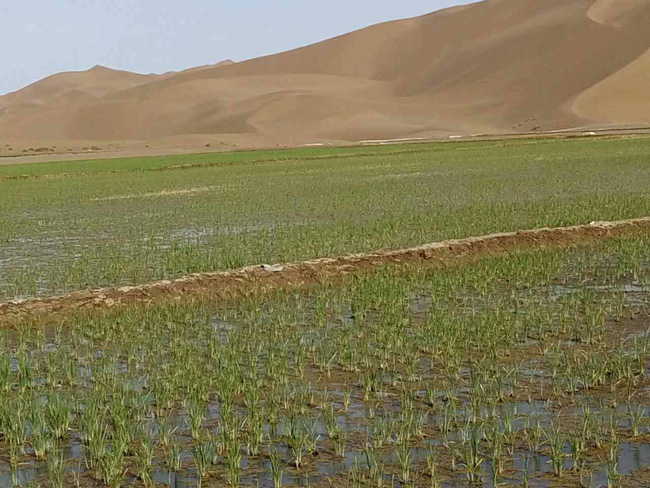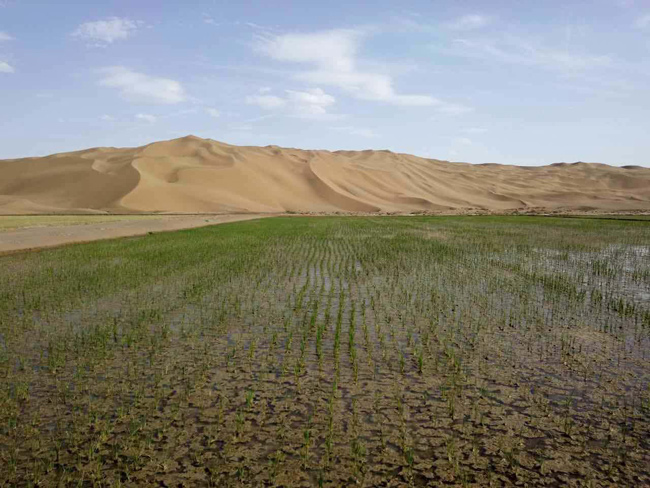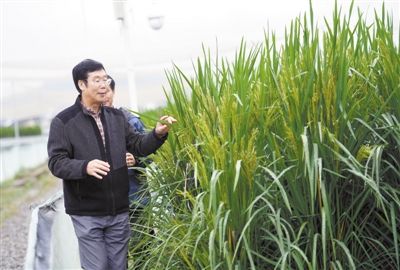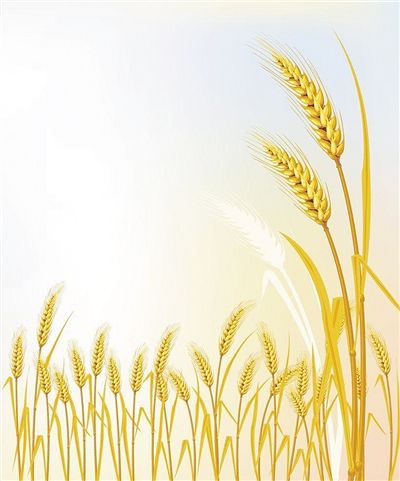Rice can now grow with salt water and in the desert.
December 12th, 2017 | Trends
On Sept 28 2017, Chinese scientists declared tremendous success in their experiment to grow rice on saline soil.
According to the report by Xinhua (Source) – the 4 types of rice registered an estimated output of 6.5 – 9.3 tonnes of rice per hectare.
Based on International Rice Research Institute (IRRI), the global average for rice production is around 4 tons per hectare. With usage of System of Rice Intensification (SRI), average yields could reliably increase to 7 – 8 tons per hectare, as proven by Uruguay and southern Brazil.
But when comparing the claims by Saline-Alkali Tolerant Rice Research and Development Centre in Qingdao, the usage of diluted sea water and still manage to get yields similar to best practises around the world is nothing short of amazing.
Compounding an earlier news published on Peope’s Daily Online (Source), where a Chinese company’s proposal to grow rice in the dry desert lands of Xinjiang, China – you start to realise that China is in fact, reinventing rice production.


The test field of rice on the desert. Photo: Courtesy of Gao Hongjiang. Source: Source
For this particular company, they used a method (or technology) where plants are grown on plastic sheetings. This new method solves the problem of sand damage as well as the prevention of water loss and fertilizer loss. As a result, they are expanding their test field from 1,333 square meters in 2015, to 133,333 square meters in 2016.
While the above method uses a “hack” by growing on plastic sheets, Chongqing Jiaotong University invented a paste made of plant based substance, which when added to sand, the sand transforms into a kindda of material that is able to retain water, nutrients and air. Source: Source
As a result of their experiment, they managed to transform 200 hectares of sand dunes into an oasis filled with over 70 kind of crops like corn, tomatoes, soghum, sunflowers, in just 6 months. The Associate Professor of the project, Zhao Chaohua, said that, many of the crops grew on their own, and not planted by them, as a result of how potent the paste is.
The success story, reported in September 2017, further adds that the research team have big plans and hopes for the project: they hope to transform another 200 hectares of desert into arable land, and hopefully 13,000 hectares in the next few years.
The above few stories are really important because, for China, with 1.3 billion people and growing, and 13 percent of the land area being desert (and could be growing due to desertification) – it is indeed a strong effort by China to increase arable land, stop the ecological deterioration and provide food for the massive population.
In more recent news, Chinese Academy of Sciences Subtropical Eco-agricultural Institute researcher, Xia Xinjie is reported to be focusing on a giant paddy rice.


Jinjing Town, Changsha County, Hunan giant giant rice field, Chinese Academy of Sciences Institute of Subtropical Agriculture and New Territories, Amoi, check the growth of rice. Photo by Xinhua News Agency reporter Li Ga. Source: Source
His giant variant of rice, while attracted a lot of media attention, did not get “right message” out. The giant rice, have thick stalks, deeper roots and can withstand more adverse climates. And with the thicker and stronger stalks, it is possible to continue increasing more yield to the paddy without breaking its stalks (the yield for traditional rice had already more or less maxed out what the thinner stalk could hold up).
Xia Xinjie, who owns the IP to this variant of rice, added that the giant rice has the advantage of height/size, moderate distribution (in term of sowing distance), high leaf color dept, high photosynthesis efficiency, 50% higher biomass per unit area than existing rice varieties, almost 2cm thick stalks, flood resistant, pest resistant and have a strong deep roots.
While this is still a work in progress, the potential of this giant rice varient is definitely looking promising.
China is reinventing rice, fighting desertification and revolutionizing agriculture – this is definitely a space to watch and something for the world to learn from.
